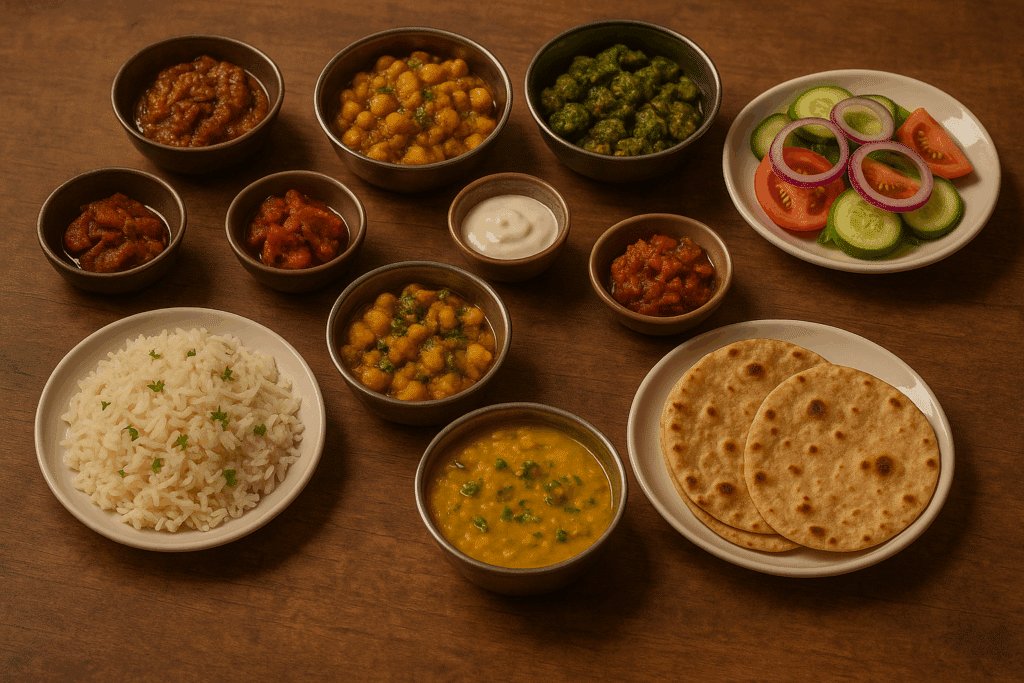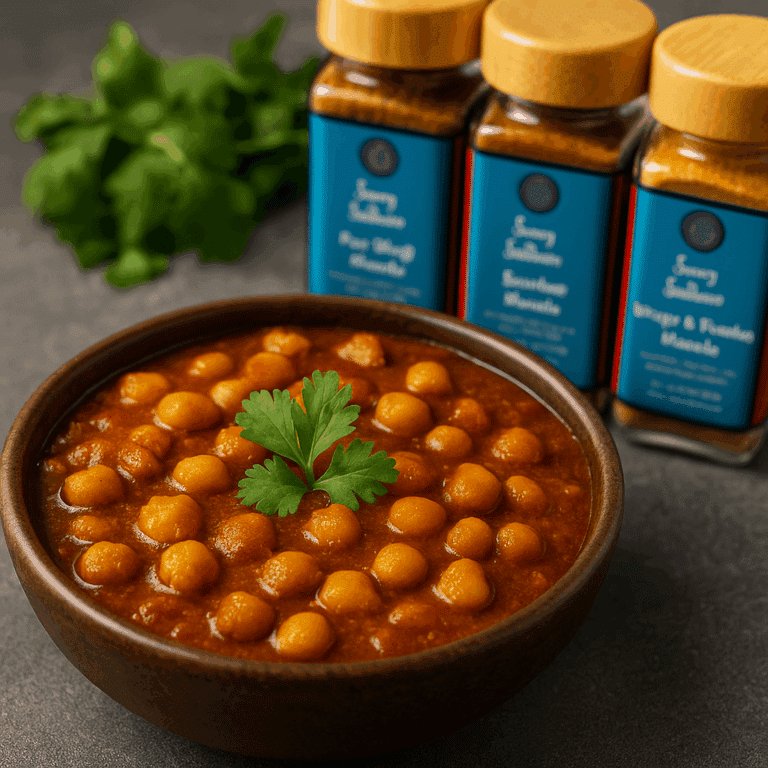Growing up in a Sikh vegetarian household, our kitchen was the heart of everything. It wasn’t just where food was prepared—it was where stories were shared, prayers whispered over simmering dal, and life unfolded in the scent of cumin hitting hot ghee. My mother cooked with a sense of devotion I didn’t fully understand as a child, but over the decades of preparing meals for my own family and community, I’ve come to realize: cooking is prayer in motion.
That sacred rhythm continues in my own kitchen today. Every handful of rice, every twist of turmeric, carries with it a memory, a blessing, and a choice. One of the most powerful choices we can make today is to honor the earth through the way we cook and eat. Ayurveda—so seamlessly woven into the fabric of how I was raised—has long guided us to live in balance with nature. And now, more than ever, its wisdom feels urgent and essential.
Zero-Waste Living, the Ayurvedic Way
When I was a girl, we didn’t have a fancy name for it, but our kitchen was already zero-waste. My grandmother would never throw away the peels from ridge gourd or the tops of carrots—she made chutneys, soups, or simply added them to the compost that fed our tulsi plant. This wasn’t environmentalism—it was intuition and reverence.
Ayurveda teaches us that nothing in nature is superfluous. That which is leftover can still serve. It’s a principle I carry forward:
- Vegetable scraps go into a broth pot I keep simmering through the week.
- Leftover rotis are reborn as masala roti chaat or toasted for next-day breakfast.
- Spices are stored in hand-me-down metal tins that have more history than my passport.
- Cotton napkins and steel containers replace anything disposable.
Cooking becomes a rhythm of respect. I plan meals not just around cravings, but around what’s already available, what’s in season, and what will leave the least waste behind.
Conscious Eating: How Your Plate Shapes the Planet

My father used to say, “If you want to change the world, start with your own plate.” Back then I didn’t grasp the full weight of that wisdom. Today, it’s become a core value in how I cook and teach others to cook. Choosing plant-based meals rooted in Ayurvedic tradition isn’t just nourishing—it’s planetary medicine.
In our home, the Indian thali—varied, colorful, balanced—wasn’t a fancy concept. It was dinner. Lentils for protein, vegetables for fiber and micronutrients, fermented chutneys for gut health, all served in modest portions that honored both appetite and balance. This way of eating, passed down with love and reverence, naturally supports:
- Reduced carbon emissions
- Lower water usage
- Decreased food waste
- Deepened connection with the natural world
Every mindful choice on your plate is a vote for sustainability.
7 Vegetarian Indian Recipes That Promote Digestive Health
Over the years, I’ve explored and evolved dishes that not only support digestion but are also less commonly found in mainstream recipe lists. These are the quiet heroes of my kitchen—simple, soulful, and rooted in generations of practical Ayurvedic wisdom.
- Kuttu ka Cheela (Buckwheat Crepes): Light, high in fiber, and naturally gluten-free, these crepes made with kuttu flour and ajwain are soothing for digestion and a great way to use up leftover veggies.
- Raw Papaya & Ginger Stew: Green papaya is a powerful digestive aid. I simmer it with grated ginger, black pepper, and a splash of tamarind for a tangy stew that feels like a digestive tonic.
- Ajwain-Ridge Gourd Stir-Fry: Ridge gourd (turai) is cooling and light; paired with ajwain seeds and a hint of sesame, it becomes a flavorful, gut-friendly side dish.
- Fermented Methi Dosa Batter: Made with sprouted methi seeds and rice, this dosa batter supports gut flora and brings a subtle bitterness that enlivens digestion.
- Ash Gourd Raita: Known in Ayurveda for its sattvic qualities, ash gourd is cooling, hydrating, and deeply balancing when grated and mixed into yogurt with roasted cumin and black salt.
- Urad Dal Chutney with Curry Leaves: Fermented or slow-cooked urad dal blended with curry leaves and a pinch of hing helps kindle agni and prevents bloating.
- Kokum-Cumin Digestive Tonic: Not just a drink, this sweet-sour kokum concentrate simmered with cumin and jaggery is something my dadi used to offer us after heavy meals. A beautiful blend of cooling and carminative.
These aren’t just recipes—they’re rituals. They’re how we care for our bodies, reduce waste, and honor the ingredients gifted to us by the earth.
In this age of excess, returning to simple, seasonal, and sustainable food isn’t regression—it’s wisdom. It’s remembering. And for me, it’s deeply personal.
From my family’s kitchen to yours, I invite you to see cooking as more than a chore. See it as ceremony. A way to give thanks, to tread lightly, and to feed the future.
Join the Conversation! Do you have family food traditions that honor the earth? Have you found creative ways to reduce waste in your cooking? I’d love to hear your stories and your recipes—drop them in the comments and let’s keep this circle growing.






